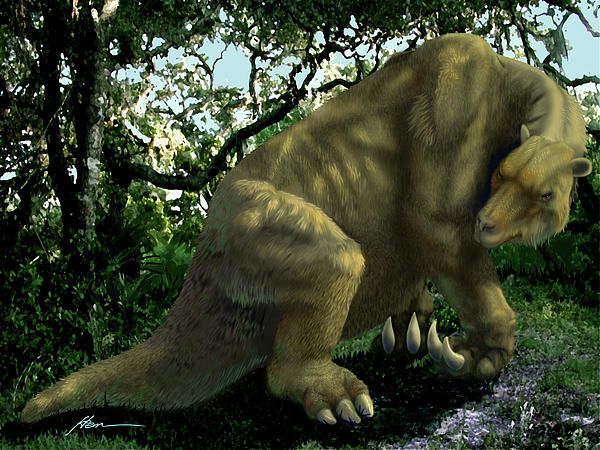

All we have to do to clean them is to put them under the faucet. Coombs, chair of the University of Washington geology department said “You can even see the tiny scars left by muscles. But the bones they do dig up are in great shape.


Nor do they find any human-made artifacts. Over the next week, they work with Elmer White of Western Bridge Company to pull up more bones.Īlthough the poor conditions - flooding and collapsing walls in a bog - make the dig difficult, the scientists extract more than 60 percent of the animal’s body. Paleontologist Stan Mallory and archeologist Robert Greengo from the Burke Museum are called in to investigate. When Simmons finds the bones he stops the dig. A display at the Burke Museum now showcases the discovery, mounted as a complete skeleton. The extinct animal lived around 12,600 years ago and was the size of a Mini Cooper. They find additional bones, eventually totaling about 60 percent of the body of a giant sloth, known as Megalonyx jeffersonii.

While today’s sloths may seem like they have superman strength and limbs of steel, clinging on to trees with their death grips, they are actually only 25% muscle.On Tuesday, February 14, 1961, while working on a runway at Sea-Tac International Airport, Gordon Simmons of Sellen Construction Company spots bones sticking out of a recently excavated 14-foot-deep hole dug for an anchor for a lighting tower. Digging stops and paleontologists from the Burke Museum are called in to investigate. Giant claw marks can be found on the walls thanks to their great strength, which is another contrast to their cuddly cousins. Some are simple shafts while others are complicated works of underground engineering, with branching passages that twist and turn to form networks-the longest stretching 130 feet from end to end. Tunnels excavated by giant sloths in ancient South America still exist today. They also had the capability of walking on two feet.Įarly on, it was believed that this behemoth used its large claws for climbing trees, but really, what treetop could have held such a beast? Later, scientists realized giant ground sloths led a subterranean lifestyle, using their large, powerful claws to dig. Paleontologists have identified fossils of at least 23 types and sizes of prehistoric sloths with the largest, the Megatherium-“giant beast” in Latin-measuring 20 feet in length and weighing in at a whopping 7 tons. These beasts were as intimidating as they sound! These quirky cuties, however, are very different from their ancestors, the prehistoric giant ground sloth. It takes a sloth about 6 hours to go to the bathroom and back, a month to digest a leaf and about a minute to move 15 feet. Believe it or not, only descending ONCE A WEEK to do so. They lead solitary, peaceful lives hiding from predators in treetops only coming down to find food, a mate or relieve themselves. Besides being adorably cute, present-day sloths come in two and three-toed varieties and are closely related to anteaters and armadillos.


 0 kommentar(er)
0 kommentar(er)
